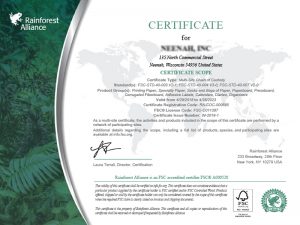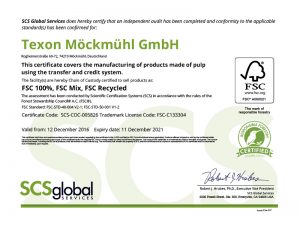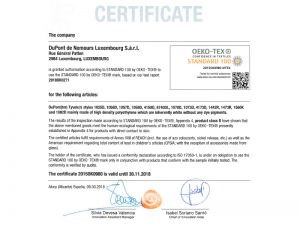New fashionable and trendy gifts from an innovative material
WHAT IS TYVEK?
OUTSTANDING QUALITIES OF TYVEK
Durability
Corporate gifts from Tyvek withstand damage and scratches and do not tear.
Water resistance
The surfaces of Tyvek products do not absorb water or other liquids.
Opaqueness
The density of the material excludes translucence, which is relevant for clothing manufacture.
Lightweight
Tyvek is twice as light as other materials of similar firmness.
Fixed-size
The material does not shrink nor stretch during the use (at relative humidity from 0 to 100%)
Temperature range
Tyvek retains firmness and flexibility in a wide temperature range (up to -75 °C)
Flexibility
The material is resilient to numerous bends and easily regains its original form.
Sustainability
Products from Tyvek are recyclable, which significantly reduces waste.
What promotional gifts are made from Tyvek?
Difference of Tyvek from other materials
- Manufacturing lightweight items, which are not inferior to products from other raw materials when it comes to firmness.
- Reduced energy consumption during transportation in comparison to their heavyweight competition.
| Property | Tyvek | Cloth | Polyethylene | Paper |
|---|---|---|---|---|
| Lightweight | Yes | No | Yes | Yes |
| Not flammable | Yes | No | No | No |
| Chemical resistance | Yes | No | No | No |
| Resilience to bends | Yes | Yes | Yes | No |
| Resilience to cuts and scratches | Yes | No | No | No |
Examples of branded corporate gifts from Tyvek
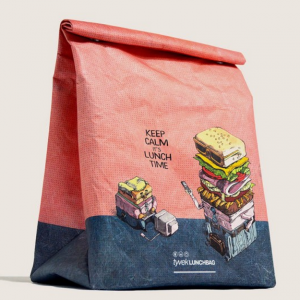

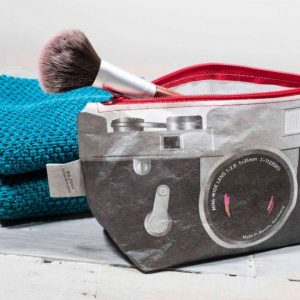
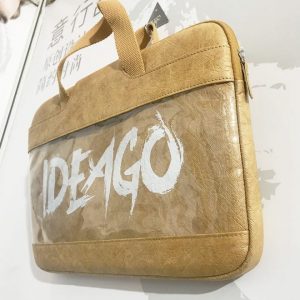
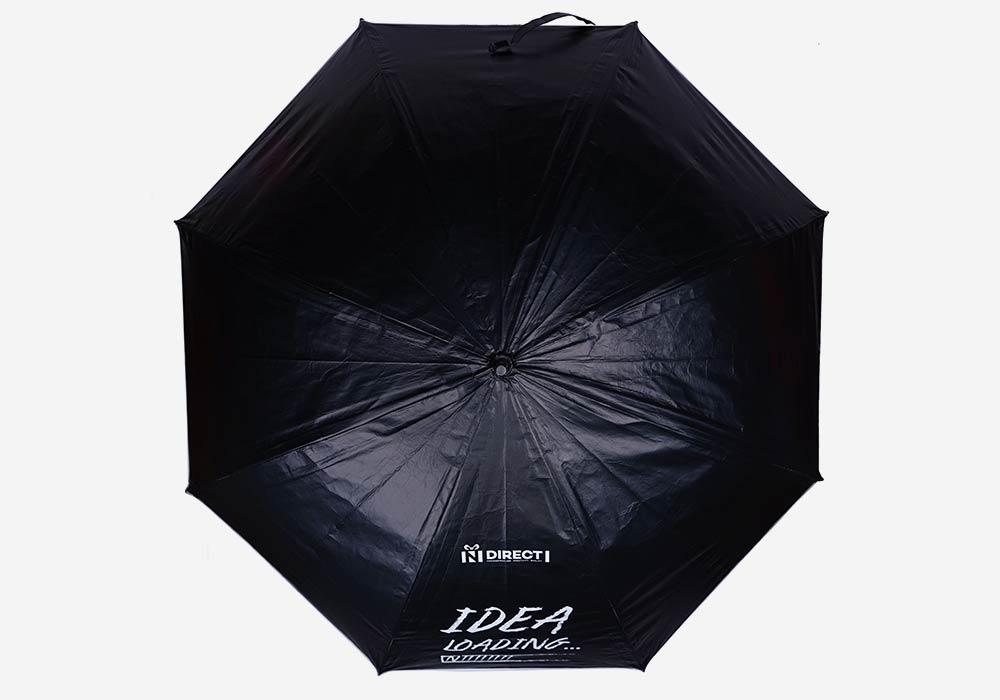
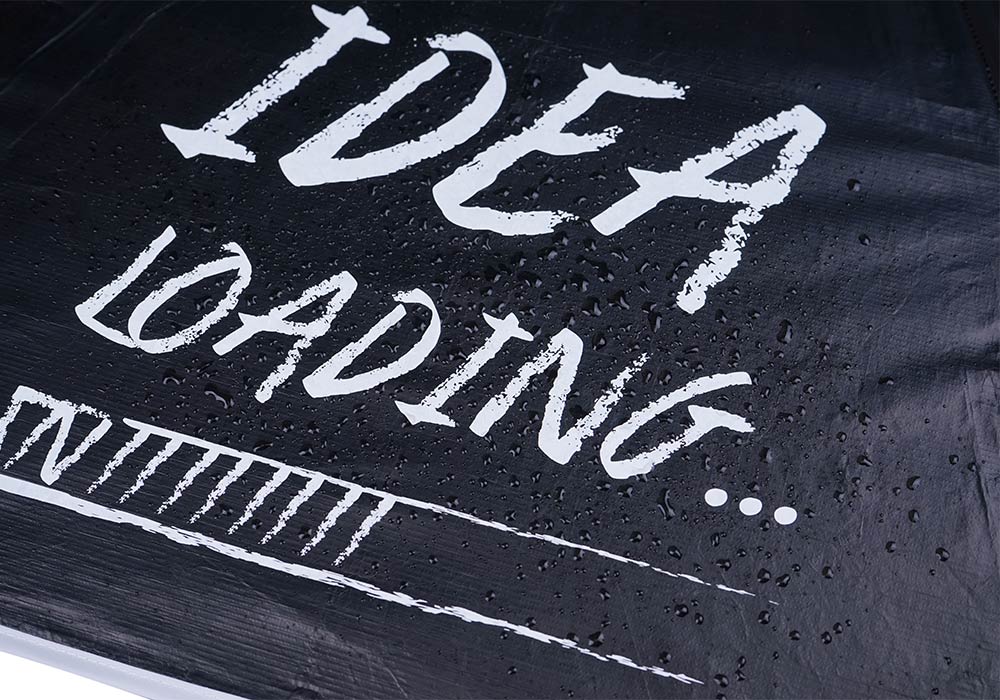
Quality guarantee
